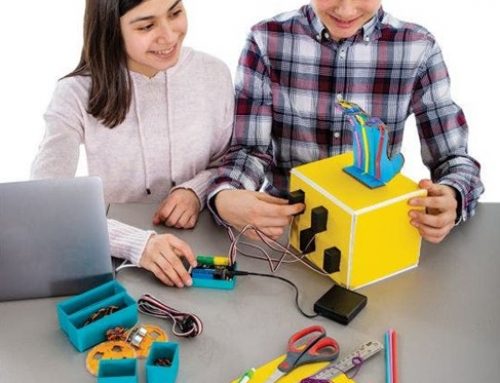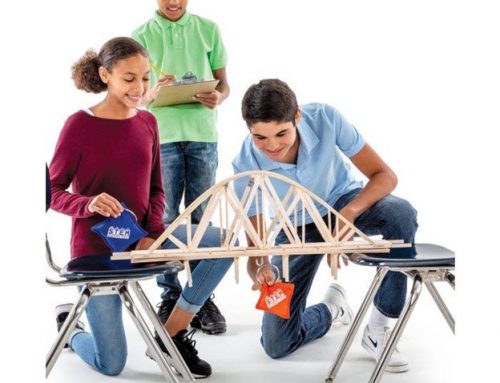STEM education should not be restricted to the confines of a school classroom. In fact, there is an entire branch of informal STEM education that includes STEM teachings at public libraries, museums, YMCAs, and other programs. Additionally, companies and laboratories have the subject matter experts and equipment to support schools.
The first step to expand learning is to bridge the gap between formal (i.e. classroom) and informal (i.e. outside the classroom) STEM education. This may require schools reaching out to local institutions or organizations working with schools to complement in-school STEM learning.
Here are four ways non-school institutions and schools can work together to create a well-rounded STEM learning experience for students:
Providing Role Models
One great way that informal STEM institutions, businesses, and laboratories can help schools is by sending volunteer role models from their organizations into the classroom. Bringing in a subject-matter expert into the classroom can compliment a particular learning experience for a student. It also provides the opportunity for a student to see a real-world example of a STEM career or pathway. Here are some ideas for how role models can improve the STEM learning experience:
- If you’re a teacher and your students are studying the animal life cycle in your classroom, why not bring in a zoologist from your local zoo? Check out this article about ways to bring a scientist or engineer into your classroom here.
- If you’re a scientist or engineer, seek out schools in the area and see if they’d host you for a career day. You can also host a school for a field trip at your facility or coach a local robotics club.
- If you’re a college professor, enlist undergraduate volunteers to host a STEM day at your institution.

Funding Opportunities
Many local non-profits, companies, and federal agencies have funding available to support STEM education. For these organizations, investing in K-12 STEM education is equivalent to investing in workforce development. Students who stay in the STEM pipeline will ultimately be looking for STEM careers at these organizations who offer funding. Therefore, investing in these K-12 experiences can help keep students in that pipeline. For more information on types of organizations providing K-12 STEM funding, click here.
Advanced Equipment
At any science or engineering facility, there are many pieces of advanced equipment used to conduct research or experiments. By visiting one of these facilities, students will be able to see real-world examples of STEM fields in practice. If you’re a teacher, reach out to a local facility to see if they can host you for a field trip. Additionally, if you’re a scientist or engineer, you can set up a school-visit where you can bring equipment along with you as a sort of show and tell for the students. Seeing tangible examples of the equipment used by subject matter experts gives students a deeper level of understanding for the tools that make STEM possible.

Outside Programming
The best way that non-school institutions can help advance STEM education is by providing STEM programming. Many organizations like public libraries and colleges provide summer STEM camps for students. YMCAs and Boys and Girls Clubs provide afterschool care for students that include STEM programming. Museums and zoos have traveling programs departments that bring equipment and programs from the organization into schools for workshops or assemblies. These programs help increase a student’s engagement in STEM, as they can relate content from their classroom to their outside life.

Are you an informal STEM educator? Tell us how you’re supporting schools in the comments below!







Leave A Comment